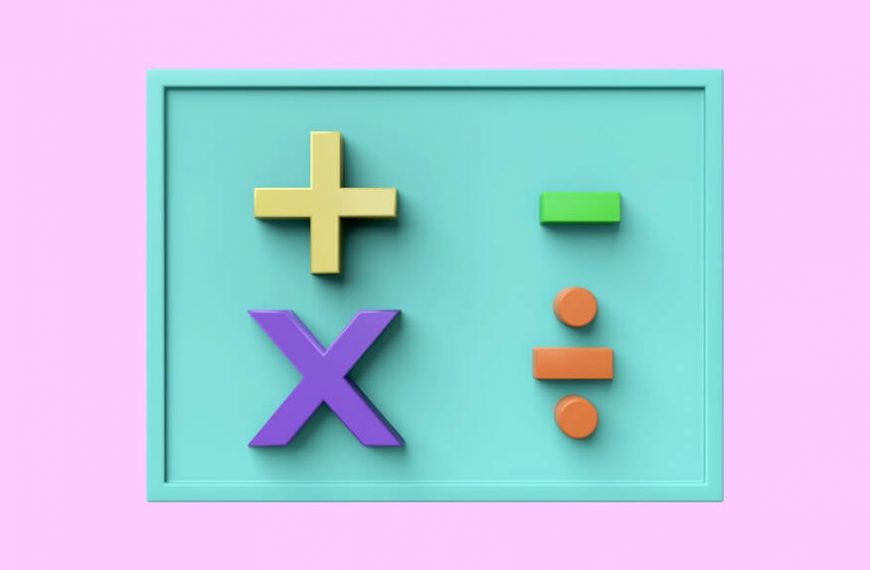Division stands as one of the fundamental pillars of mathematics, a cornerstone upon which countless mathematical concepts and real-world applications rest. It is a mathematical operation that wields immense power, enabling us to partition quantities into equal parts or groups with precision and clarity. In this comprehensive article, we shall embark on an intellectual journey, delving deep into the intricate realm of division. Our quest will encompass a thorough exploration of its definition, an insightful examination of its defining characteristics, and a captivating journey through the practical landscapes where division is a guiding light. So, fasten your intellectual seatbelts as we embark on this expedition to unravel the very essence of division.
What is Division?
The division is like when you share your candy with your friends! It’s a maths thing where you take a big number and see how many times a smaller number can fit inside it. So, if you have 12 candies and you want to share them with 3 friends, you can use division to find out how many candies each friend gets. It’s the opposite of when you do multiplication, which is like making more candies. The division helps us figure out how to split things up equally!
Understanding division is crucial for solving various mathematical problems, from sharing equally among friends to solving complex equations in advanced mathematics. It forms the foundation for many mathematical concepts and is a fundamental skill that every student should master.
Division Method
Okay, so to do division, you need to follow these steps:
- Divisor: First, you pick a number that you want to divide into equal parts. That’s called the divisor.
- Dividend: Then, you choose another number that you want to split into those equal parts. That’s called the dividend.
- Quotient: Next, you do the maths and divide the dividend by the divisor. The answer you get is called the quotient. It’s like how many of those equal parts you get.
- Remainder: But sometimes, when you do the sharing, there might be a little bit left over that you can’t split equally. That’s called the remainder. It’s the extra part that doesn’t fit into the equal parts.
So, that’s how you do division, and it helps you figure out how to share things equally and what’s left over.
Let’s illustrate this method with an example.
Example: Divide 12 by 4.
– Divisor: 4
– Dividend: 12
– Quotient: 12 / 4 = 3
– Remainder: 0
In this example, 12 divided by 4 equals 3 with no remainder, indicating that 12 can be evenly divided into 4 equal parts, each equal to 3.
Characteristics of division
- The inverse of Multiplication:- Division and multiplication are intricately connected, serving as inverse operations. When we multiply a number by another, we are essentially combining equal groups to find the total. Conversely, division involves splitting a quantity into equal parts. These two operations complement each other and are indispensable for solving equations and unravelling complex mathematical relationships. Consider this analogy: If multiplication is like building a structure using identical bricks, division is akin to disassembling that structure into its individual bricks. The ability to switch between these operations allows us to break down complex problems into manageable parts and vice versa.
- Division by Zero:- One remarkable characteristic of division is that it becomes undefined when attempting to divide a number by zero. Mathematically, this situation is unsolvable because there is no way to create equal groups when the divisor is zero. Division by zero illustrates a fundamental limitation in mathematics, serving as a boundary beyond which mathematical operations cease to have meaning.This concept is often used to explain undefined values in various mathematical contexts. It highlights the importance of recognizing constraints within mathematics and the need for careful consideration when dealing with such situations.
- Remainders:- Division frequently yields remainders when the dividend cannot be divided evenly by the divisor. These remainders are not to be overlooked; they have practical applications in real-world scenarios. For instance, when distributing a fixed number of items among a group of people, remainders indicate the quantity that cannot be evenly shared.
- Fractional Quotients:- Division can also produce fractional or decimal quotients when dividing non-multiples. These fractional results represent parts of a whole and are fundamental in various mathematical concepts, including ratios, proportions, and percentages. Fractional quotients enable us to express partial quantities precisely. In science, maths, and money stuff, we really need to know about fractions and decimals. They help us be super-duper accurate. Plus, they’re like the first pieces of the puzzle for fancier maths like calculus and statistics!
Imagine you have 17 apples, and you want to divide them among three friends. Division with remainders tells you that each friend will receive five apples, and there will be two apples left over. In everyday life, this concept of remainders is vital for equitable distribution and resource allocation.
Real-World Applications of Division (h3)
- Sharing Expenses
- Manufacturing and Production
- Financial Planning
- Academic Grading
Division is a lifesaver when it comes to splitting expenses among a group. It ensures fairness and clarity in financial transactions. For instance, when friends dine together and the bill totals Rs 600, the division divides it equally, making it easy for each of the four friends to contribute Rs 150. This simple division avoids disputes and simplifies shared financial responsibilities.
The division is a crucial element in manufacturing and production processes. It aids in calculating production rates, resource allocation, and determining batch sizes. By using division, manufacturers can efficiently plan their production schedules, ensuring that products are made in the right quantities and at the right time.
When it comes to financial planning, division is a vital tool. It assists individuals and organisations in allocating funds effectively to meet their financial goals. Whether it’s budgeting for daily expenses, dividing income among savings and expenditures, or allocating investment portfolios, division ensures that financial resources are managed prudently and strategically.
Division is not only a mathematical concept but also a key part of education. Teachers use division to assign grades to students based on their performance in exams and assessments. For example, if a test has a maximum score of 100 and a student scores 80, division is employed to calculate the student’s grade as 80%. This grading system provides a standardised way to evaluate and communicate academic achievement.
In conclusion, division is a fundamental maths operation, crucial for both academics and daily problem-solving. Its key characteristics, like its inverse relation with multiplication, handling of remainders, and generation of fractions, make it an essential tool.Division finds applications in real life, from splitting expenses to optimising processes. Embrace division, master it, and unlock endless possibilities.
For an educational environment nurturing a love for maths and learning, explore EuroKids! Our dedicated educators ensure a stimulating experience for your child. Visit our website for a brighter future.















